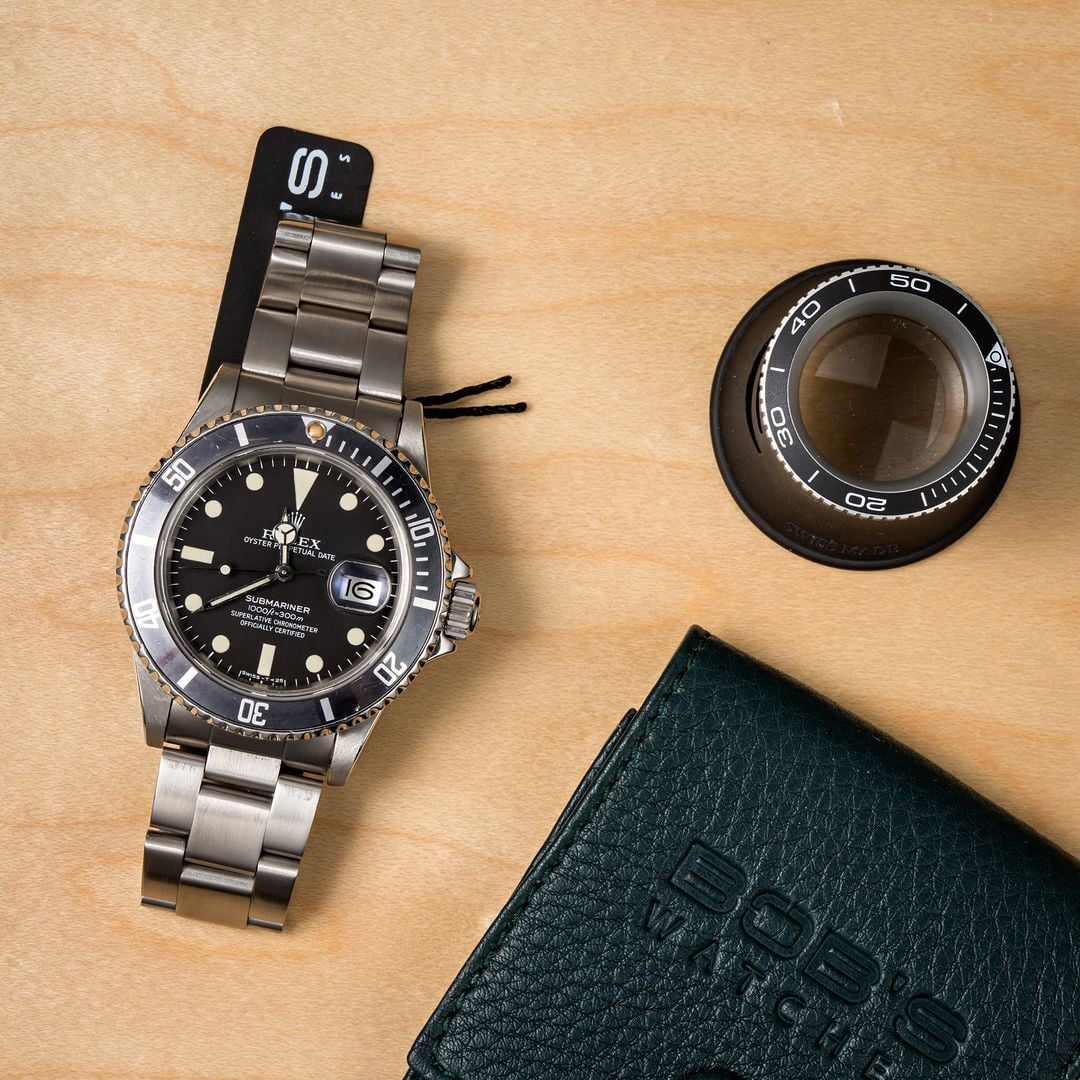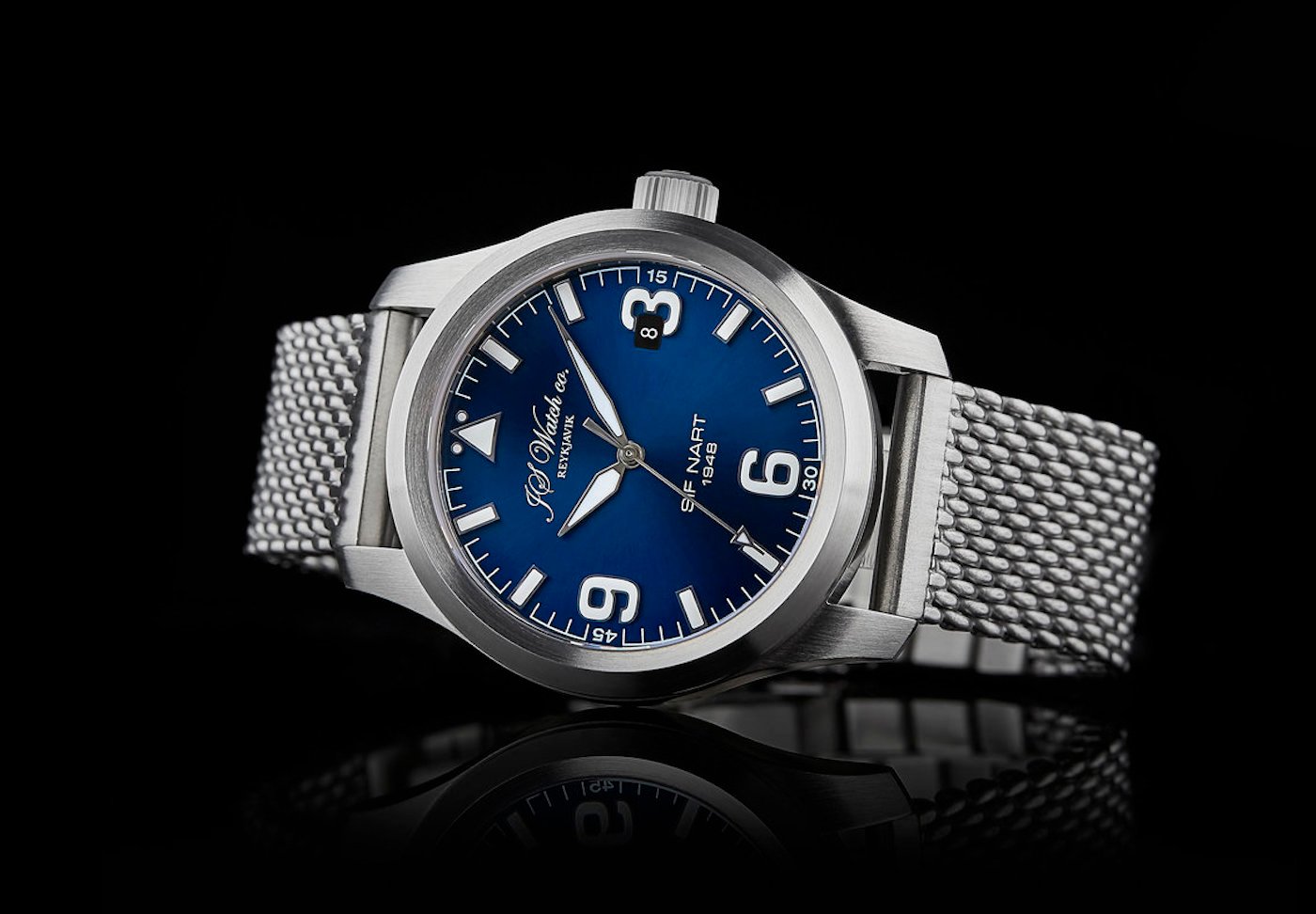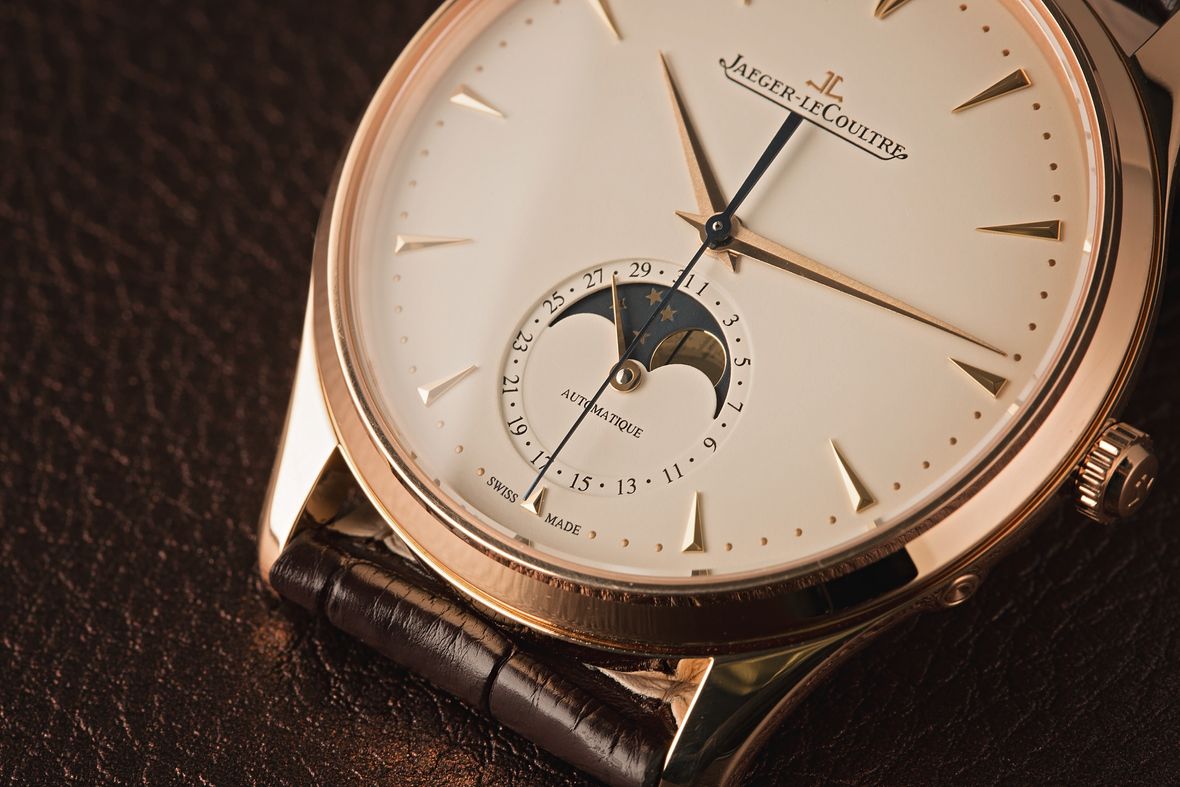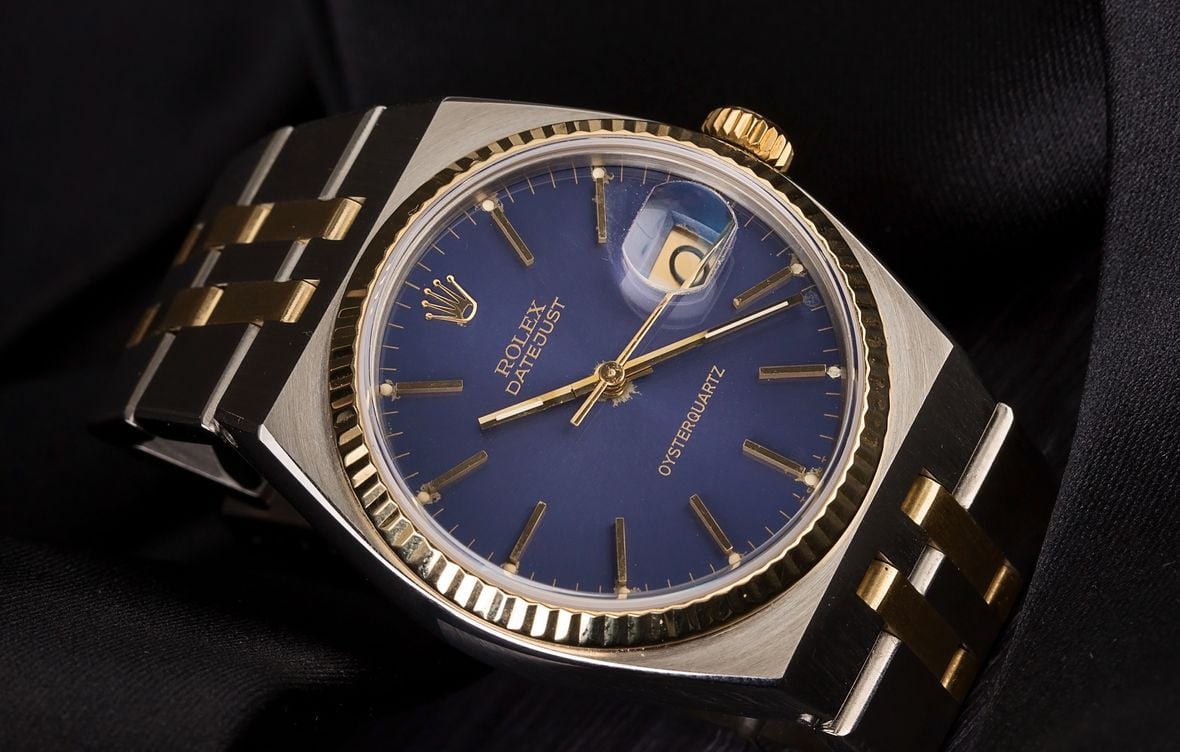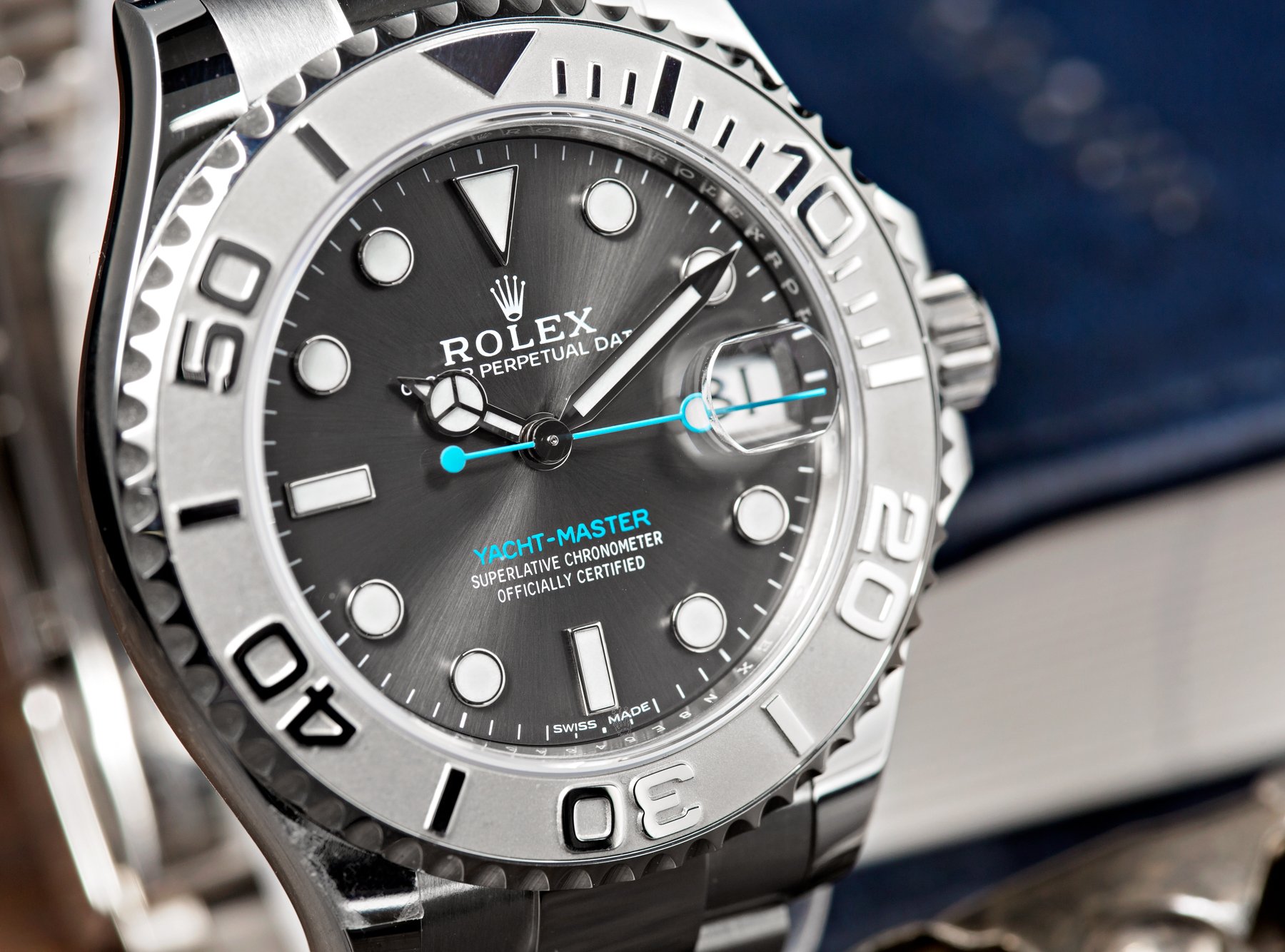Many of Rolex’s most popular and noteworthy collections of watches have been in existence for numerous decades, with subtle updates and changes taking place from one generation to the next. However, these updates and changes do not occur instantaneously, and the evolution of iconic watches like the Rolex Submariner and GMT-Master is an ongoing process, with each new reference building upon the design and capabilities of the previous generation.
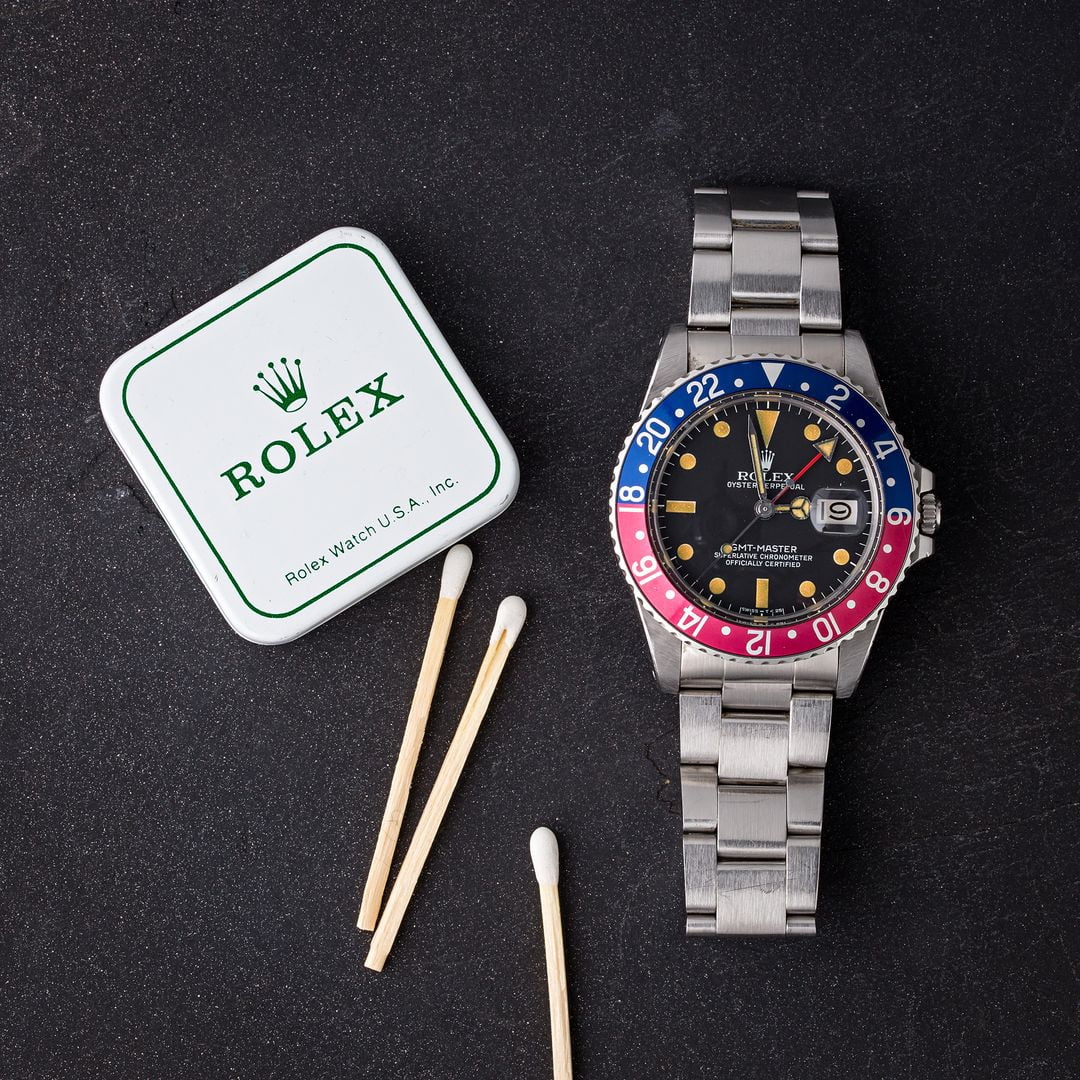
Rolex Transitional References
Throughout the years, certain references have come to represent turning points in the histories of their respective watches. These “transitional” models sit along the border between two generations of the same timepiece, and combine characteristics of earlier references with traits and features of the subsequent generation. These transitional references serve as connection points between modern and vintage, and help to paint a picture of the evolution of Rolex’s watches.
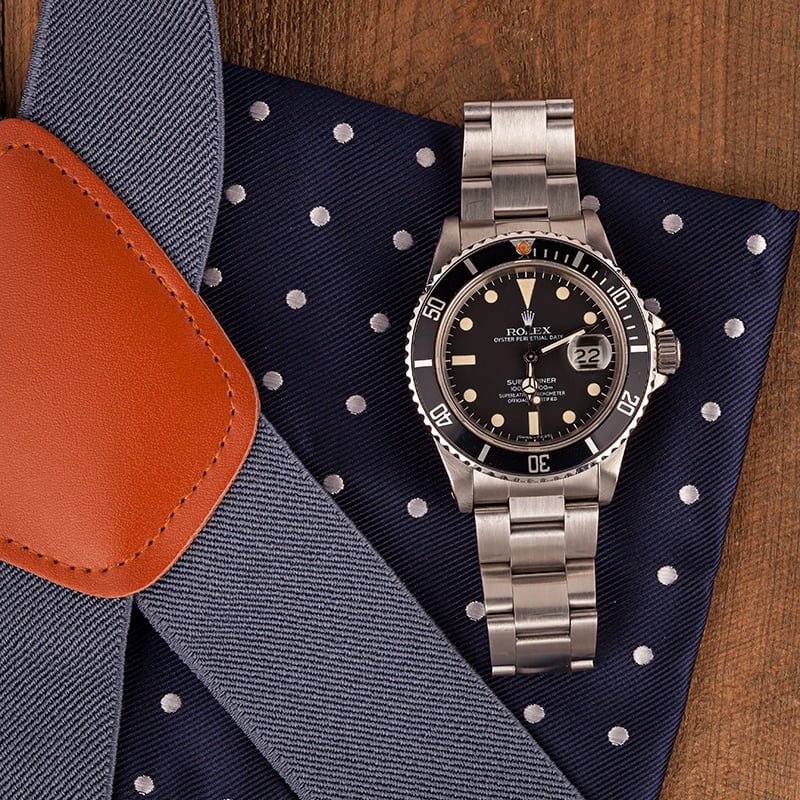
Rolex Submariner Transitional Reference
One of the most famous Rolex transitional references, and one that perfectly encapsulates the “transitional” moniker is the reference 16800 Submariner, which took the date-displaying design of the reference 1680, and gave it an entirely new case, crystal, bezel, and movement. Instead of having an acrylic crystal and bi-directional, friction-fitted bezel (like all previous references), the crystal material on the ref. 16800 Submariner was updated to scratch-resistant synthetic sapphire, and the case and bezel were redesigned to give the bezel its unidirectional, ratcheting motion.

Internally, the reference 16800 saw an upgrade in movement to go along with its updated case, bezel, and crystal. While the Caliber 1575 movement used inside the reference 1680 beat with a frequency of 19,800 bph and lacked the ability to rapidly adjust the date, the updated Caliber 3035 fitted inside the reference 16800 had an increased frequency of 28,800 bph (the same rate as a contemporary Rolex movement) and added the convenience of a quickset date feature.
Despite the numerous and significant updates, the reference 16800 Submariner was fitted with a matte black dial with painted tritium hour markers for roughly the first half of its nearly decade-long production run. Although the text on the dial was updated to reflect the improved depth rating of the reference 16800 (an increase from 200 meters to 300 meters), the overall appearance of the dial was otherwise almost identical to the dial found in the reference 1680.
Due to its older dial design, the Rolex Submariner 16800 has an appearance that is a mix between the unmistakably vintage reference 1680, and the more-contemporary reference 16610 – hence its “transitional” designation.
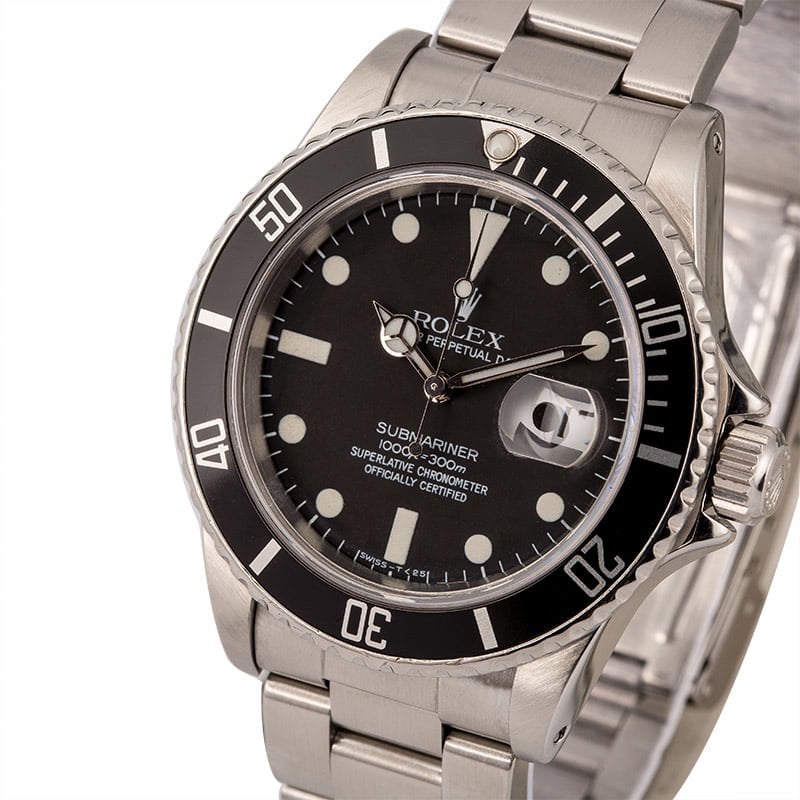
Rolex GMT-Master Transitional Reference
Another Rolex watch that represents an excellent example of a transitional model is the reference 16750 GMT-Master. Much like the reference 1675 that preceded it, early examples of the reference 16750 were fitted with matte dials with painted tritium hour markers. Although the movement inside the ref. 16750 GMT-Master had been updated to the Caliber 3075, which had an increased frequency and added the convenience of a quickset date, the overall appearance of the reference 16750 was almost identical to that of its predecessor.

However, closer to the end of its production, Rolex changed the dial design of the reference 16750, from a matte dial with painted hour markers, to a gloss black dial with applied, white gold surrounds for its hour markers (service replacement dials are of this design too). The updated dial gives the reference 16750 a much more modern appearance; however its acrylic crystal and bidirectional bezel still allow the watch to retain its decidedly vintage feel.
This combination of new and old aesthetics is what gives the Rolex GMT-Master 16750 its “transitional” designation, and allows the watch to serve as a key connection point within the history and evolution of Rolex’s iconic pilot’s watch.
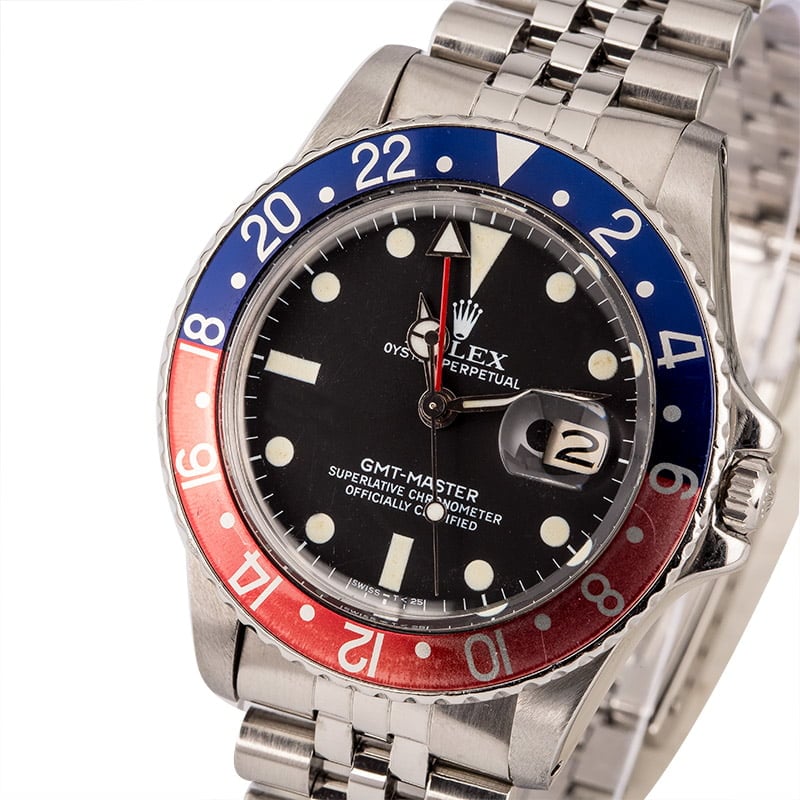
An Ongoing List of Rolex Transitional References
There have been numerous transitional references manufactured throughout history, as Rolex continuously works to refine and improve their long-running designs. The evolution process of Rolex watches is a slow and ongoing one, and transitional references have come to represent brief snapshots in a watch’s history, where some updates have already been implemented, while others have not.
Rolex transitional references are often the first watches to display a specific trait or feature, in addition to simultaneously being the last to include a completely different characteristic. This blend of vintage and modern attributes allows these timepieces to sit perfectly at the crossroads of old and new, and their existence is crucial to understanding the overall progression and evolution of Rolex watches.
